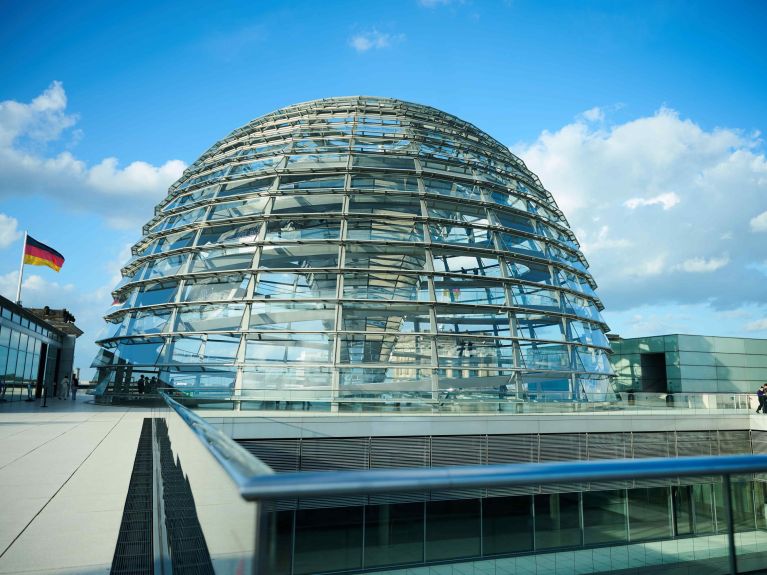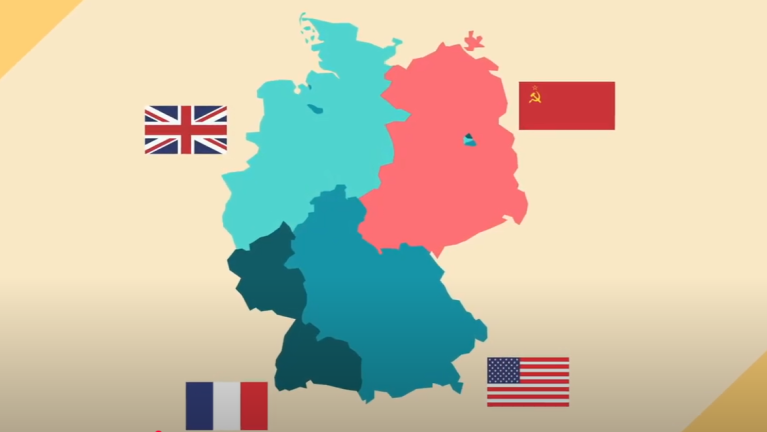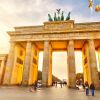Germany’s most important public holiday
German reunification is celebrated each year on 3 October. Facts about Germany’s most important public holiday.

The reunification of East and West Germany will be celebrated once again on 3 October.
In the early hours of 23 August 1990, the tenth People’s Chamber of the GDR (the German Democratic Republic, i.e. East Germany) took the decision during a historic special session to accede to the Federal Republic of Germany (West Germany) in accordance with Article 23 of the Basic Law and thus to become part of the federal entity that is Germany. Following further negotiations and steps to prepare the accession process, it finally took place on 3 October 1990 - officially ending the existence of the GDR. Ever since, this day has been celebrated as the Day of German Unity and a public holiday.
Nearly a year passed between the fall of the Wall and reunification.
The Berlin Wall, which had separated East and West Berlin for 28 years, had already fallen on 9 November 1989. Borders were opened following months of protests by citizens of the former GDR. The fall of the Wall paved the way for German unity less than a year later. Nowadays, historians view reunification as the outcome of a peaceful revolution. The public holiday celebrates both the events of 1989 and the successful reunification that took place the following year.
Dieses YouTube-Video kann in einem neuen Tab abgespielt werden
YouTube öffnenThird party content
We use YouTube to embed content that may collect data about your activity. Please review the details and accept the service to see this content.
Open consent formSaarbrücken to host 2025 unity celebrations
Each year, a different German state organises the main festivities for the Day of German Unity. In 2025, Saarland will be the official host: from 2 to 4 October, Saarbrücken city centre will be the festive venue with stages and exhibitions - sending out a powerful symbol for a federal state that borders France and Luxembourg and only became part of Germany in 1957. At the same time, the public holiday will also be celebrated with parties, exhibitions and events in other cities - especially around the Brandenburg Gate in Berlin.
Eastern Germany remains an economic and social focus
Even 35 years after reunification, there is a special focus on the east of the country. More than almost any other region, the former “new states” are synonymous with far-reaching structural transformation - and major investments in the future. Increasing numbers of international companies are locating to the region: Tesla operates a production facility in Grünheide in Brandenburg, while the Taiwanese chip manufacturer TSMC is investing in Dresden.
With its Bitterfeld-Wolfen chemicals park and high-tech “Silicon Saxony” cluster, eastern Germany continues to attract billions in investment. The east is no longer simply “catching up” - it’s a region of great international significance for the future.



